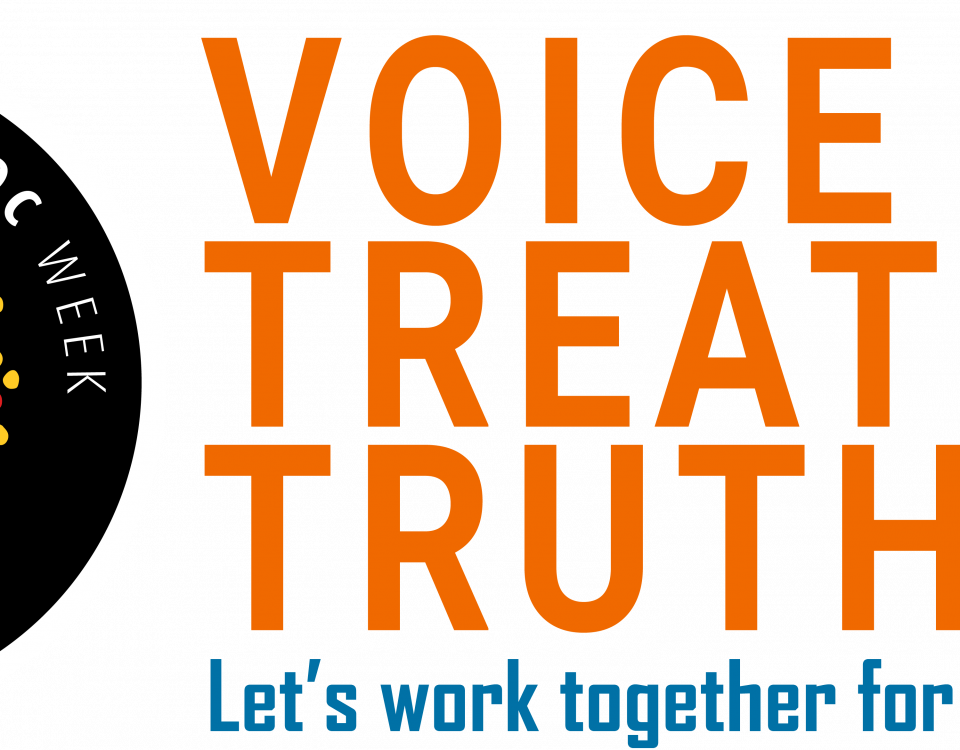Hipbone Sticking Out – MURRU
October 22, 2014Nomad’s Land
October 31, 2014By Pamela Nathan
Re: ‘A Town Called Alice‘ by Mia Abraham, published in Farrago, University of Melbourne, edition seven.
How delighted was I to read Mia’s essay on her time in Alice. She is a friend of my daughter’s. She went to Alice as an intern and, unbeknown to her, stayed with an old friend of mine, Russell Goldflam. He is the guru lawyer of Australian Legal Aid, who has taken on many racial cases of homicide – white on black and black on white.
Russell was MC at a party a few weeks ago where I gave a birthday speech for an old friend of mine, Petronela, an anthropologist who has lived and worked in Alice for over thirty years. Robbie Davidson – the camel lady – gave the birthday speech for Jenny, a linguist, at the same party. The buzzing room was filled with people who have lived and worked with Aboriginal people for forty years and more and have lived through the heady days of Land Rights through to the Intervention and known a generation of amazing leaders who have since died from Whiteman’s disease – all kwemenje -Dick Lechleitner Japangka, Smithy Zimran, Stumpy Martin, Wenton Rubuntja, Leo Williams. Russell remembered me always wearing black. Really? I lived in a deep green coloured cowboy shirt, jeans and cowboy boots! I first met Russell at the Institute of Aboriginal development where we attempted to learn Arrente.
Mia is another generation and she mentions her lifelong interest in indigenous law and justice at the outset of her essay; another generation who now knows she does not “know” and who goes to the Centre to work as a legal intern, albeit law is the bastion of Whitefellah injustice!
Mia writes with a light touch and in a short essay captures her first impressions, the quintessential foundation and fabric of Australia, the dingo walking past the IGA store, the Australiana, the confronting racial interventions such as police policing the Aboriginal people at grog stores, the law courts so alien to Aboriginal people who literally speak other languages, of the tourists of Uluru “where a white scar stains the side of the sacred rock and more. Her essay is deceptively simple. She writes of the beauty of the “wild beauty of the country”, the “endless space”, “the horizons that don’t change for hours”, the welcoming small-knit community of “fascinating people” and her freedom in packing away her city clothes. She takes me back to my arrival in Alice many years ago and to another generation who lived in a one-horse town which boasted an IGA and a rifle and cowboy shop. Mia in her writing about her arrival conveys a freshness, freedom and hope.
Then in her essay she moves us into the tragic trajectory of the courts. Many offenders she notes do not speak English. We, of course, do not speak Language. Mia writes that: “It seems to her she is witnessing the end of a very long road” in the law courts, with repeat offenders noting the revolving door entrance symbolising the revolving door of Aboriginal offenders; the sequelae of suffering.
Again with a light but now compelling touch, Mia writes that: “This is the part of Australian life that is hidden from us all down “south”. Sure, we “know” about it. But we don’t really see it.” The problems faced by our Indigenous communities, for lack of a better phrase, lies at the heart of our country. I believe that our identity as Australians is incomplete if we turn our backs on the people living in places like Alice.” I think Mia has depicted with poignancy, truthfulness and insight, the pain and responsibility we all face living in Australia. I felt deeply moved that Mia, belonging (albeit as she says perhaps always on the outer) to the next generation of Australians, can recognise what it takes to be whole and human. What more can be said?
Mia concludes that, on her return back into city life and having told her stories, her time in Alice “doesn’t come up very often”. “Still”, Mia says, “as much as I try and scrub it out, I know that the bottom of my socks will always be stained red”. Without wanting to encroach on this heartfelt ending to her essay and her journey in Alice, the red stained socks make me think of feet and walking and how we might all “walk in each other’s tracks”. I also encourage you, Mia, to write more stories which are so beautifully written, depicting clashing worlds of the desert, and so essentially Australian – so they don’t stay hidden, so we don’t forget and so they do come up!





